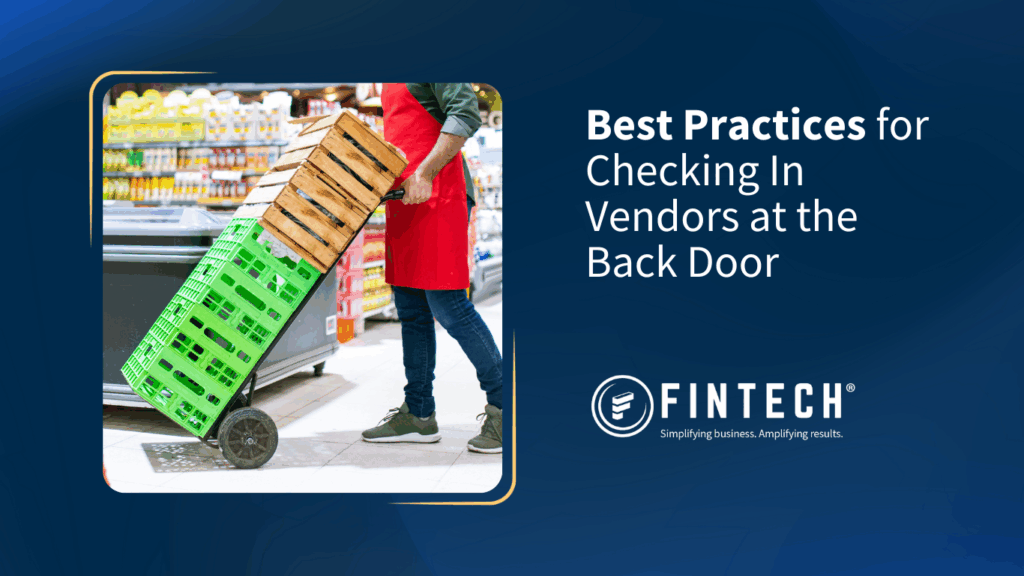2023 showed some positive trends in the restaurant space in multiple segments. Mastercard recently hosted a webinar diving into some of these areas using its SpendingPulse™ insights. SpendingPulse is a “macroeconomic indicator of retail sales based on actual, near real-time data across various sectors.” Let’s review some of the most interesting takeaways from this year’s restaurant sector.
An Overall Trend in the Right Direction
2023’s restaurant performance came off the heels of a strong 2022 post-pandemic surge, so overall growth has leveled out to a more consistent cadence over the course of the year. While all restaurant categories showed growth, QSRs (quick-service restaurants) are the leading subsegment. QSR markets in Phoenix, Salt Lake City, and Dallas stood out as spikes, and markets like New York, Atlanta, and San Francisco were on the low end.
Full-service restaurants also had strong growth rates with Kentucky, the Carolinas, South Dakota, Nebraska, Utah, and Arizona having the highest year-over-year (YoY) change.
The webinar looked at a broader set of sectors and pointed out how lodging, restaurants, and airlines led the way in YoY growth, showcasing consumers’ preference to spend on experiences over goods.
Black Friday Spike
The webinar noted an interesting spike in restaurant growth around Black Friday. This good reception to in-store retail performance is marked by a few items:
- People need a place to eat when they’re out shopping – think QSRs and fast casual spots.
- People tend to ditch cooking in favor of going out to eat around the holiday period.
- New reasons to go out – The NFL’s inaugural Black Friday game saw consumers electing to go out and watch the game instead of staying at home.
Factors Affecting Restaurant Sector Growth
Restaurants are leaning into multiple trends to stay competitive and increase sales. From omnichannel strategies to loyalty program revamps and improving hospitality work environments, restaurants are working hard to be adaptive to the markets.
Using Technology to Drive Convenience & Operations
A stronger omnichannel strategy to appeal to a wider audience is becoming standard practice in the restaurant space. For example, some businesses have adopted mobile-order drive-thru lanes. Another popular item is mobile ordering capabilities with in-dining options (i.e., QR codes). In the off-prem sector, digital kiosks help serve customers faster and more conveniently.
The webinar noted that the best dining experience begins with strong operations, which requires continued technology investments that improve efficiency while protecting margins. This can be done in both back-of-house (BOH) and customer-facing areas.
Automation is key to BOH performance. Fintech’s PaymentSource® is a great example of an automation tool that saves time and enhances operational performance. With admin tasks like alcohol invoice payments and data ingestion handled, managers can focus on creating consistent front-of-house (FOH) experiences for their customers.
Loyalty Program Redesign
According to the webinar’s survey findings, 86% of consumers ages 18-41 consider loyalty programs an important component in the digital ordering experience. Businesses are changing up their programs in two different ways depending on their needs:
- Leaning toward profitability – reducing earn rates and increasing the time to reward.
- Leaning toward customer value – reducing the number of visits required and minimum spend to speed up the ability to redeem.
Another way restaurants are revamping their loyalty programs is by ditching bulk offers and incorporating more tiered, gamified, and personalized experiences. They can leverage their customer and purchase data to strategize their approach. These tiered and gamified experiences incentivize incremental visits and build brand loyalty.
Better Work Environments
Labor shortages and demand have pushed restaurants to integrate better employee benefits into their structure. Some examples include education reimbursements, higher pay (restaurants forced to meet higher wage point to attract workers), and increased health benefits. Happier employees create better experiences for customers and keep them coming back to their favorite restaurants.
Looking to 2024
The SpendingPulse data predicts restaurant spend peaking during the May-August window next year. Restaurants can take advantage by continuing to build upon these trends. By employing omnichannel approaches, BOH automation to improve FOH experiences, loyalty programs, and stronger employee benefits, restaurants can stay competitive and enjoy a successful 2024 performance.






